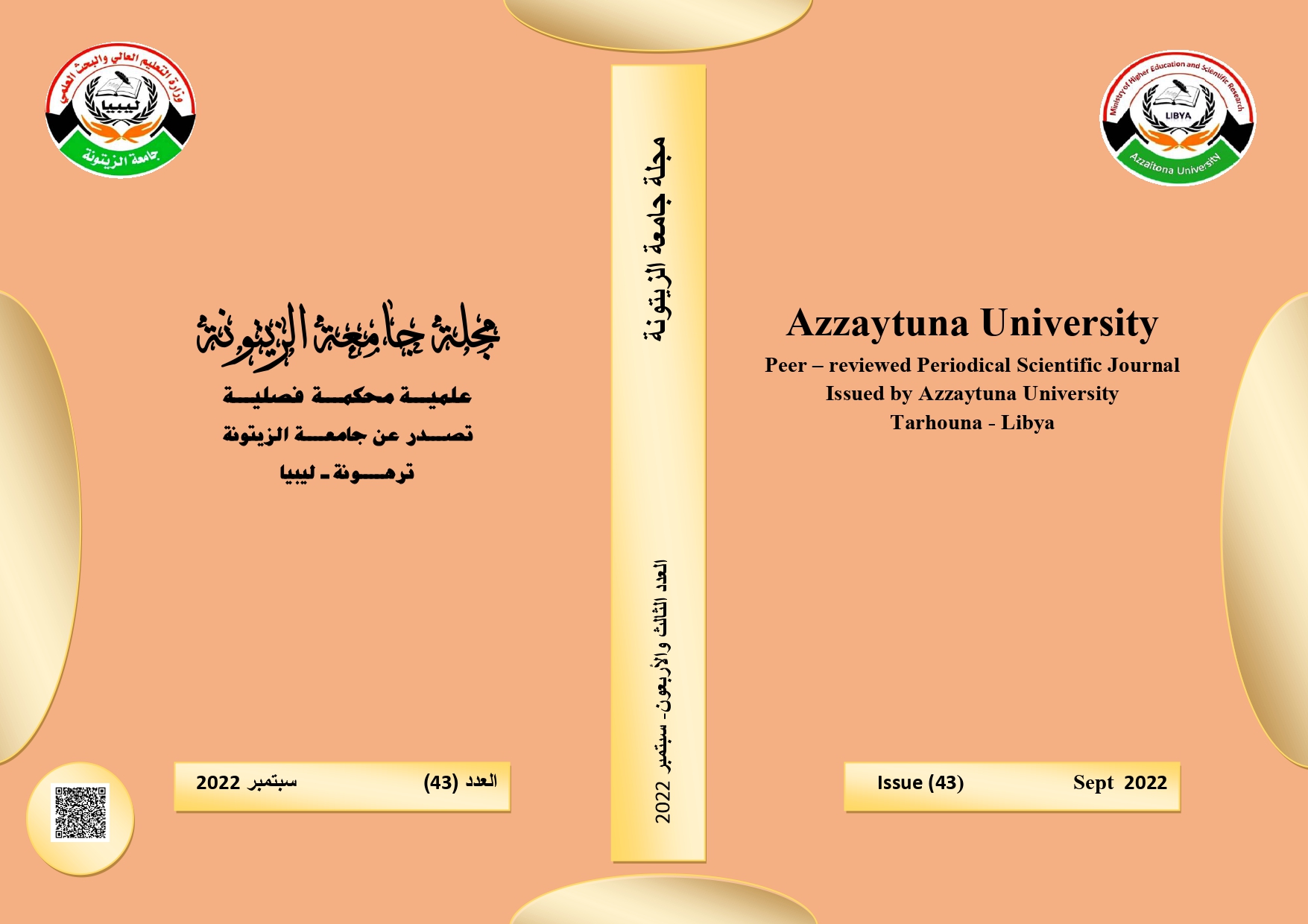Performance Analysis of Cognitive Spectrum Sensing in Wireless Networks
Keywords:
cognitive radio, spectrum sensing, energy detection and matched filter detectionAbstract
Different parts for radio spectrum of wireless networks have traditionally been defined for use by different wireless technologies; this currently causes crowding in some frequency bands, while others are hardly used, resulting in spectral inefficiency. Cognitive radio is a technology that resolves the effect of spectral inefficiency with software defined radio (SDR). In SDR the sender or base station is able to sense the under or over utilized parts of spectrum, then redistributes the transmission to ensure that the spectrum is more efficiently used. In this paper, two spectrum-sensing techniques of energy detection and matched filter detection are analyzed to evaluate the performance of the licensed user (primary user) and the cognitive user (secondary user). This is characterized by a sensing threshold to evaluate the sensing performance. Both static and dynamic thresholds are considered. Based on the results, energy detection technique can attain better performance detection in case of the noise of the variance is known, whereas this is mostly estimated, which may produce noise uncertainty. In this case, energy detection may significantly degrade resulting in either miss-detection or false alarm period. In order to mitigate this issue, matched filter technique is used including both averaging filter and IR rational filter. By deploying matched filter, the overall system performance improves comparing to energy detection techniques, particularly when averaging filter is used due to its ability to reduce the random noise and retain the sharp step response. The results are achieved by evaluating probability of detection, and false alarm as a function of output SNR for each case, which shows a considerable improvement for matched filter detection above 5 dB of SNR. All results are carried out using MATLAB.




